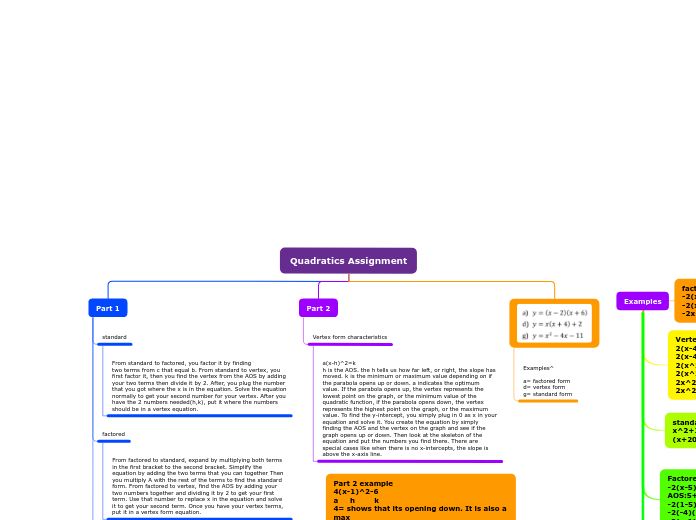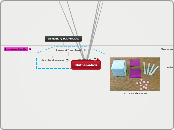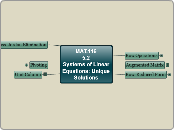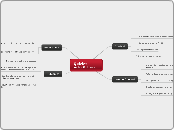von ALI ZEIDAN Vor 3 Jahren
169
Quadratics Assignment
The process of converting quadratic equations between different forms, such as standard, factored, and vertex forms, involves specific mathematical transformations. For instance, expanding and simplifying factored forms leads to the standard form, while determining the axis of symmetry (









